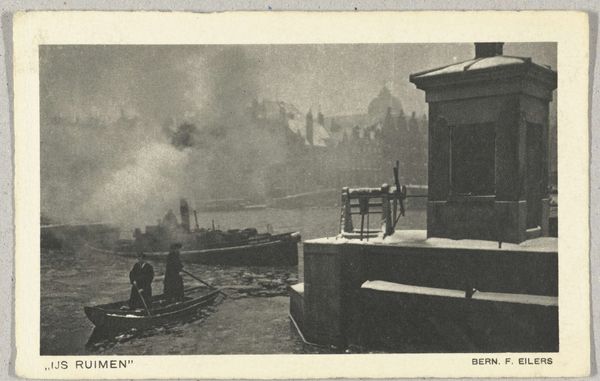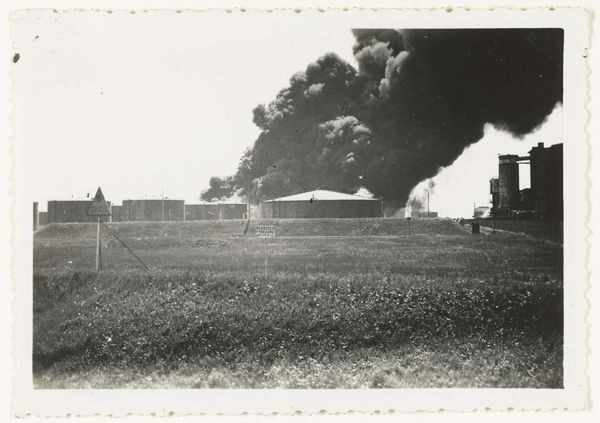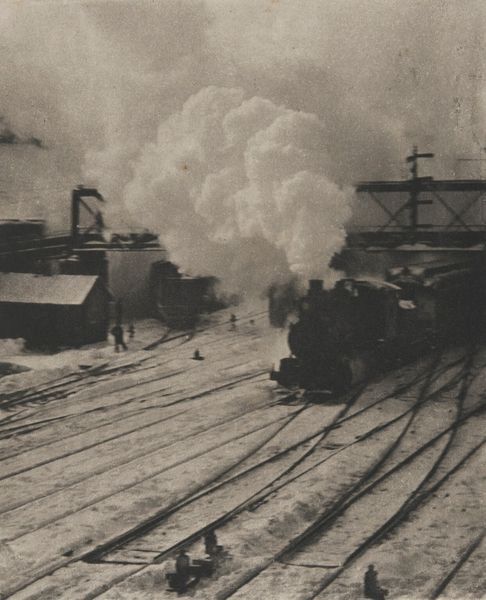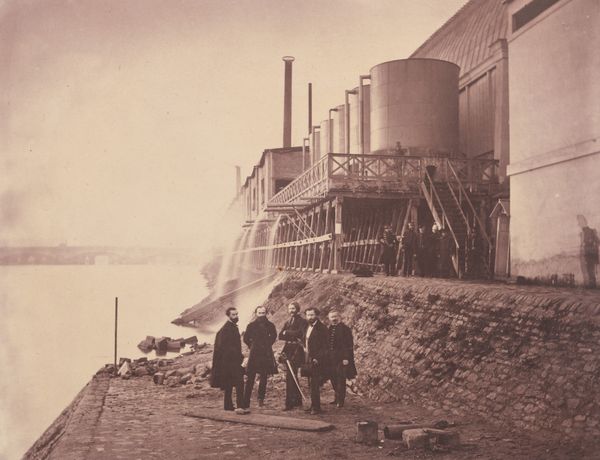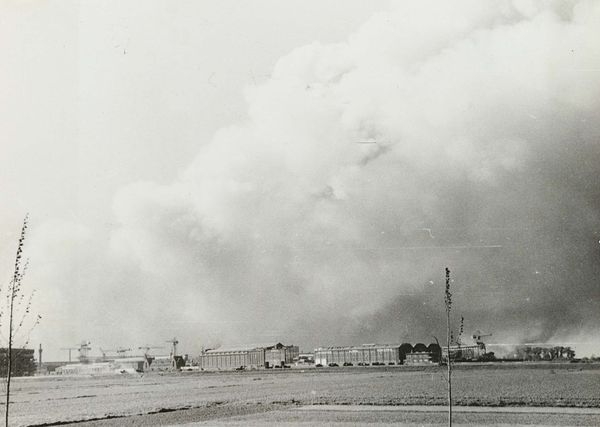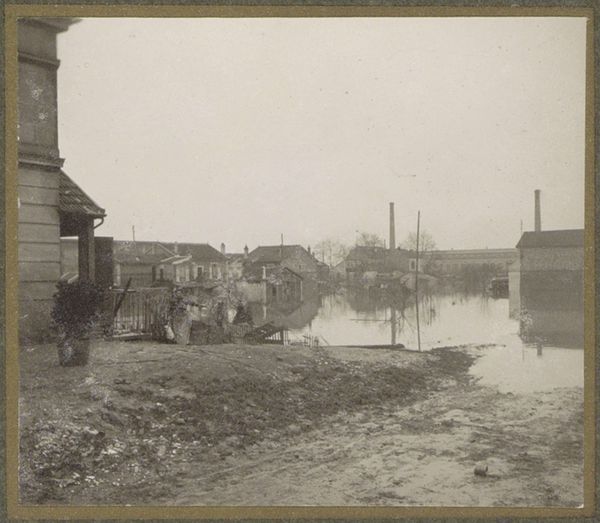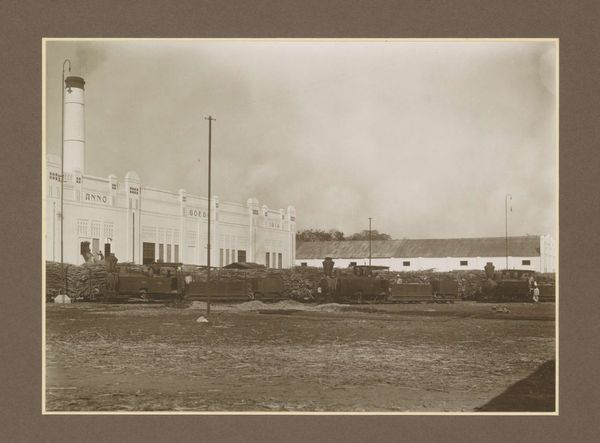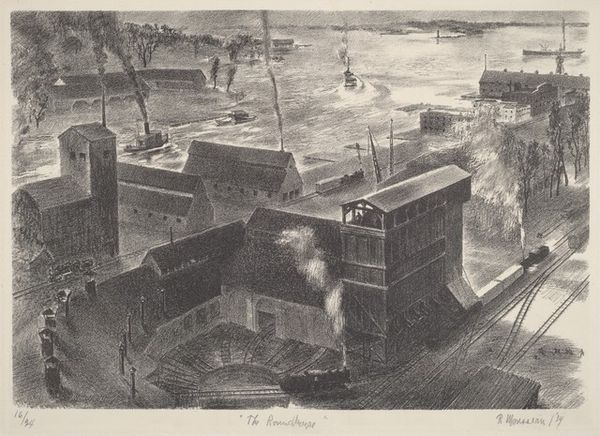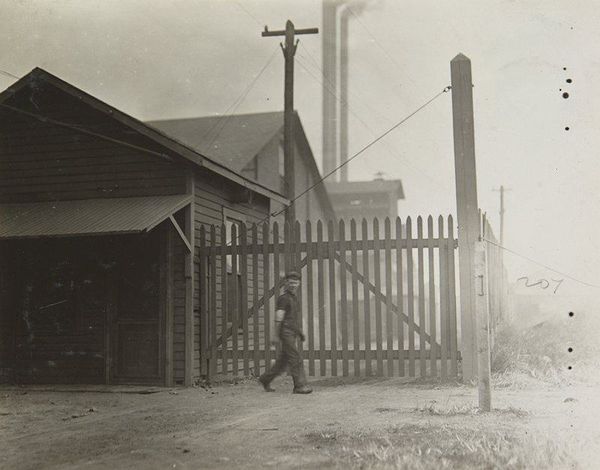
photogravure, photography
#
photogravure
#
landscape
#
photography
#
monochrome photography
#
monochrome
Dimensions: 5 1/4 x 7 1/4 in. (13.34 x 18.42 cm) (image)
Copyright: No Copyright - United States
Editor: We’re looking at "'Midst Steam and Smoke," a photogravure print from around the 20th century, artist Prescott Adamson. The industrial landscape, rendered in monochrome, feels oppressive, with its smokestacks and...are those railcars? It’s a really bleak scene. What do you see in this piece? Curator: The bleakness, as you put it, is key. This image, while seemingly just a landscape, is ripe with commentary on industrialization. It forces us to consider labor conditions and the environmental cost, a conversation that remains acutely relevant. Consider, for instance, whose labor is fueling those factories and into which communities is that smoke drifting. Editor: That’s a good point. I was just thinking about the visual composition, but I hadn't considered the human element as much. The lone figure walking near the railcars... Curator: Exactly! Is this individual walking towards or away from the factories? What might the snow symbolize here? Consider also the period – early 20th century. This was a time of massive social upheaval, labor movements, and nascent environmental awareness. How does that impact our reading of the photograph? Editor: So it's less about celebrating industrial progress and more about questioning its impact? I guess I assumed “landscape” meant a celebration of nature, but this is the opposite. Curator: Precisely. It challenges the traditional landscape genre, using the industrial world as its subject. And doesn’t that choice itself convey a powerful statement? Editor: I definitely have a different perspective now. I came in thinking it was just a gloomy landscape, but it’s so much more charged. Curator: Seeing art as active participants within social and historical narratives, that’s how we avoid neutrality. It requires asking tough questions, and being conscious of those often ignored narratives. Editor: I’ll definitely carry that into my future art explorations. Thanks!
Comments
No comments
Be the first to comment and join the conversation on the ultimate creative platform.

